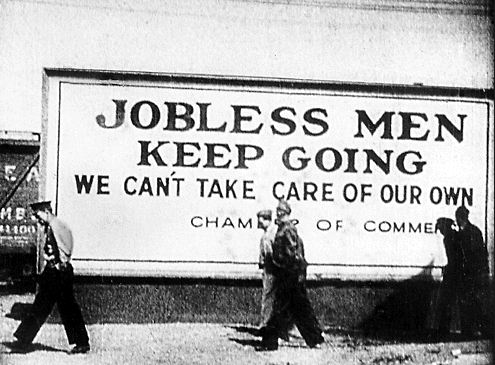The Great Jobs Disaster
 By C.P. Chandrasekhar and Jayati Ghosh
By C.P. Chandrasekhar and Jayati Ghosh
In the desperate search for evidence that the global recession has bottomed out and the recovery has arrived, the story told by the long-term trend in unemployment levels and rates is being missed.
Early this year, the International Labour Organisation (ILO) had noted that the global unemployment rate was close to 6 per cent, implying that 197 million people were unemployed, even ignoring the 39 million who had dropped out of the workforce, discouraged by persistent failure in job search.
But that aggregate figure concealed a picture that was far worse in the advanced economies where the crisis had originated and spread. There were at least 12 advanced economies where the unemployment rate was 8 per cent or more, and seven in which the rate was 10 per cent or more.
In fact the rate varied widely, peaking at 25 per cent or close to that in Spain and Greece. That is the level unemployment had touched in the US at the bottom of the Great Depression.
What is more, during the years in which the world had ostensibly put the crisis behind it, unemployment has risen in many.
There are three countries (Spain, Greece and Ireland) in which the unemployment rate has risen by 10 percentage points (pp) or more between 2007 and 2012, and another three (Cyprus, Portugal and Estonia) where the increase between those dates was between 5 and 10 pp (Chart 4).
Keep reading: The Great Jobs Disaster » TripleCrisis.



